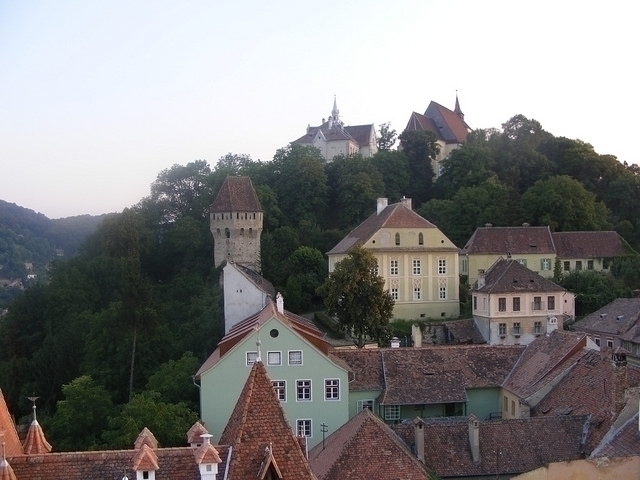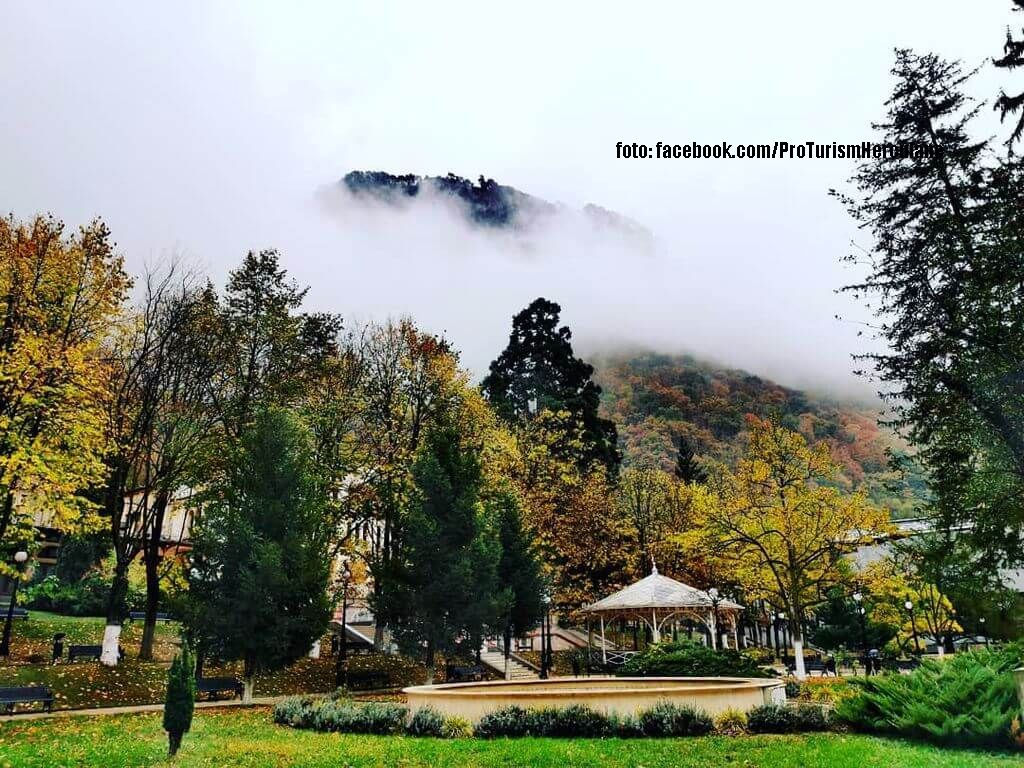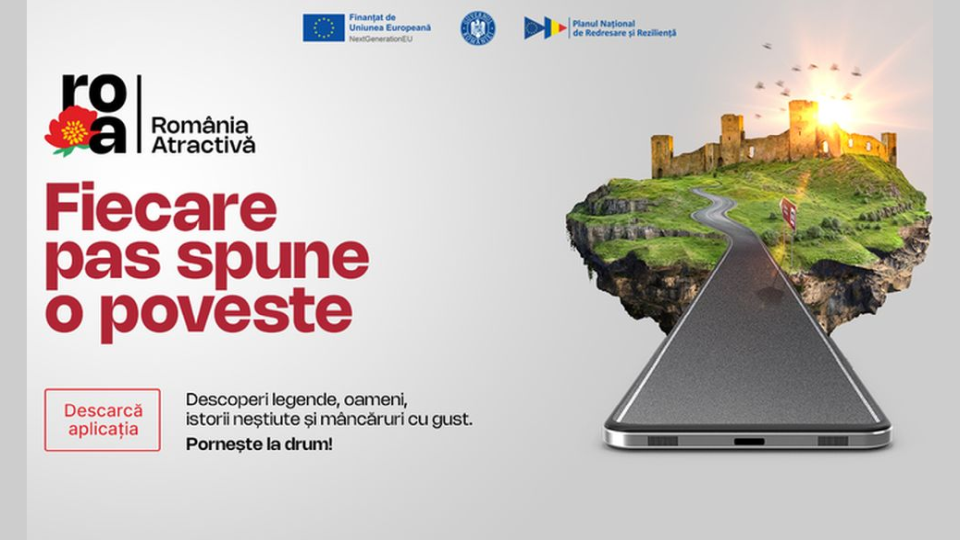A Stroll in Sighisoara
The Pearl of Transylvania

Daniel Onea, 16.09.2021, 13:10
Today we are headed to the center of Romania, to Transylvania. You are invited to take a stroll on the narrow old streets of a city built in the 12th century, Sighisoara, which was dubbed The Pearl of Transylvania. We are here to lay out the reasons why this is a destination not to be missed by tourists, and we invited here by Nicolae Tescula, the director of the Sighisoara History Museum.
“If you are passionate about the Middle Ages, about Europe’s history, then you are in the right place in Sighisoara. Here we are in the only inhabited Medieval citadel in southeast Europe, which still preserves intact its defense walls and towers, and inner buildings. The place has been inhabited without an interruption since the Middle Ages.
The first documentary occurrence of the city is from 1280, but there is proof that the place has been inhabited for at least 4,000 years. In 1999, the city of Sighisoara was placed on the UNESCO world heritage list. Nicolae Tescula told us about a few landmarks:
“First we should talk about the symbol of the city, which is the Clock Tower, housing the History Museum. Then we have the Church on the Hill, the largest monument in the city, in the Gothic style. You also have the nine defense towers, built by the merchant and craftsmen guilds. I would also mention the Venetian House, also known as the Vlad Dracul House. The latter is surmised to have been the abode of Vlad Dracul, son to Medieval ruler Mircea the Old, and father to Vlad the Impaler, aka Vlad Dracula. Another point of interest is the Deer House. It is the starting place on his journey to America of Johannes Kelp. He was the first Transylvanian to reach the New World in 1609. Not to be missed are the narrow old streets, within the Medieval city, but also the commercial artery, also dating to the Middle Ages, with its Gothic, Renaissance, and Baroque houses.
The Clock Tower is 64 m high, with six floors and 110 steps. The Baroque style roof, with four corner towers, was built in 1677, because of a disastrous fire that obliterated the previous one in 1676. Up until 1556, the tower housed the Sighisoara town hall, and then it was repurposed. It was picked to be the city’s history museum in the late 19th century. We are joined there by Nicolae Tescula, its current director:
“The History Museum reflects the life of the community along the centuries. There are several exhibits here, archaeology, ethnography, pharmacy, medical instrumentation, and urban furnishings. We also have an exhibition dedicated to guilds, and another dedicated to the clock tower, an old and beautiful story. Close by you can also visit the Medieval and Modern Weaponry Museum, and the former military prison, right at the base of the tower.
The historic past of Sighisoara is closely tied to the history of guilds, and you can still buy here souvenirs made with care in the old tradition.
“Here you can find plenty of local craftsmen. For instance, we have here a lady who preserves the craft of leather belt making. Unfortunately, her father, who taught her the craft, recently passed away, but she carries on the tradition. We also have traditional whittlers, who create beautiful small souvenirs.
Sighisoara is rich in culture, as you can tell. However, the future is in doubt a bit, because of the pandemic. Plans are in motion, however, as we were told by Nicolae Tescula:
“Unfortunately, the pandemic caused a number of events to be canceled, but this year we managed to organize a few events. Over the upcoming period, I am thinking about the Night of the Museums, which I hope will run normally next year, with locals and foreign tourists alike. We also have the most important event of the city, the Medieval Festival, which is being held in late July, on the last weekend of the month. We then have a new event this year, the Street Food Festival, with foods from around the world. We also have the Proetnica Festival, along with the Blues Festival, and various other events such as the National Culture Day and National Day. At the same time, during the tourist season we have buskers who entertain you throughout the town.
Weather permitting this time of the year, you should also explore the surroundings of Sighisoara.
“The surroundings of the town are full of history and nature monuments. I would recommend the ancient oak tree reservation of Breite. It has over 100 ancient trees, making up for wonderful scenery. I also recommend the Saxon fortifications of the area, such as Saschiz, Biertan, Viscri, and Richis. In the area you have alternative tourism opportunities, such as bicycle circuits between neighboring villages. We also have an adventure park, where you can ride horses. I think Sighisoara has plenty to provide for a full week of tourism.
Tourists are impressed by the citadel of Sighisoara, with its charming Medieval atmosphere, and we think you will be too.






























